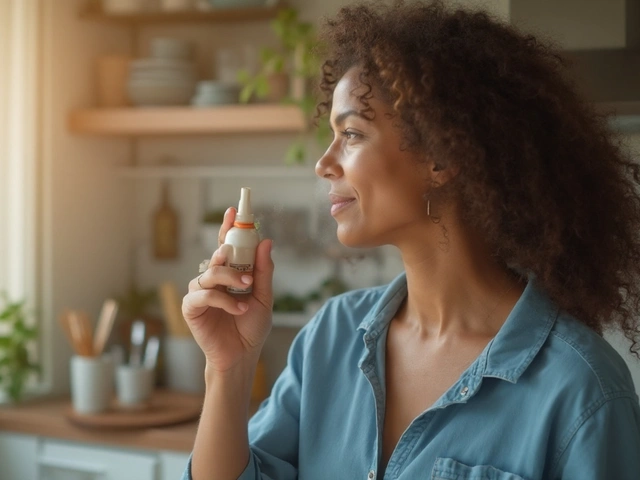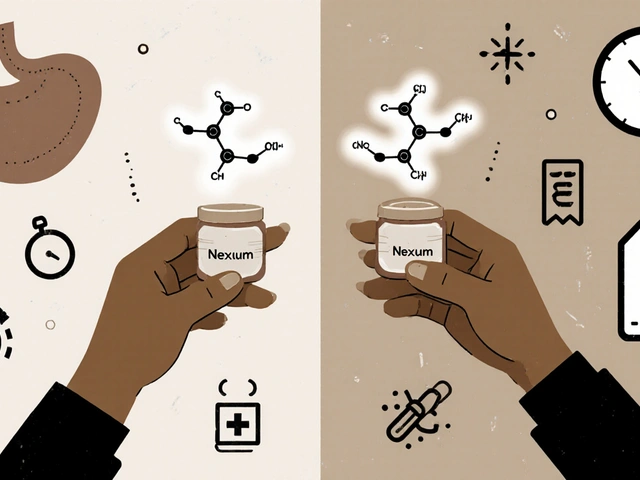If you’ve ever been told to watch your INR, you probably wondered what that odd acronym stands for. INR stands for International Normalized Ratio, a simple number that tells you how fast your blood is clotting. Doctors use it to make sure blood‑thinner medicines like warfarin keep you safe from dangerous clots without causing dangerous bleeding.
Think of INR as a traffic light for your blood. A low number means the light is green – clotting quickly – which can lead to strokes or heart attacks. A high number flips the light to red – clotting slowly – and you risk bleeding inside your body. The sweet spot usually sits between 2.0 and 3.0 for most conditions, but your doctor might aim for a different range depending on why you’re on a blood thinner.
The test itself is quick and painless. A small blood sample is drawn, often at a clinic or even at home with a finger‑prick kit. The lab measures how long it takes your blood to form a clot and then converts that time into the INR number. Because labs use different machines, the International Normalized Ratio standardizes results so doctors everywhere can compare them.
Many people think the test is complicated, but it’s basically a snapshot of your clotting ability at that moment. Your INR can change if you miss a dose, start a new medication, or eat foods high in vitamin K (like leafy greens). That’s why doctors ask you to keep a consistent diet and to report any new meds, including over‑the‑counter stuff.
Staying in the target range isn’t magic; it’s about routine. First, take your blood thinner at the same time every day. Set an alarm if you need to. Second, keep a food diary for the first few weeks. If you notice your INR dropping after a big spinach salad, you might need to balance your intake.
Third, talk to your pharmacist before adding any new drug, even something as simple as ibuprofen or an herbal supplement. Some meds can push your INR up or down dramatically. Lastly, schedule regular INR checks. At the start of therapy you might need weekly tests, but once stable, monthly visits often suffice.If your INR spikes or falls outside the target, don’t panic. Your doctor will adjust your dose, sometimes by a small amount. Never change the dose on your own – that’s a common mistake that can cause serious problems.
In short, INR is just a number, but it’s a powerful tool that helps keep you safe while on blood thinners. By understanding what the test measures, staying consistent with medication and diet, and keeping open communication with your healthcare team, you can keep your INR where it belongs – in the safe zone.

Learn how warfarin interacts with kidney disease, dosing tips, risks, and alternatives to keep you safe and in control of your anticoagulation.

The FDA uses Import Alerts to automatically block drug shipments from non-compliant manufacturers. With the 2025 Green List initiative, enforcement against GLP-1 APIs has become the strictest in history-reshaping global supply chains and raising compliance standards.

Finding the right online pharmacy can be vital when looking for affordable medication. Whether you're interested in more international options or simpler ordering processes, there are several alternatives to Canada Drugs Direct that may suit your needs better. This article explores these options, covering each one’s strengths and weaknesses, to help you make an informed choice.

Learn what Rhinocort does, how to spray it correctly, dosage guidelines, common side effects and alternatives for allergy relief.

Generic drugs contain the same active ingredients as brand-name medications and are just as safe and effective. They cost up to 85% less because they don't repeat expensive clinical trials. Learn how they're approved, why they're different in appearance, and when to choose them.

Compare Nexium (esomeprazole) with generic alternatives like omeprazole, lansoprazole, and pantoprazole. Learn which PPI works best for acid reflux, how to switch safely, and when lifestyle changes can replace medication.